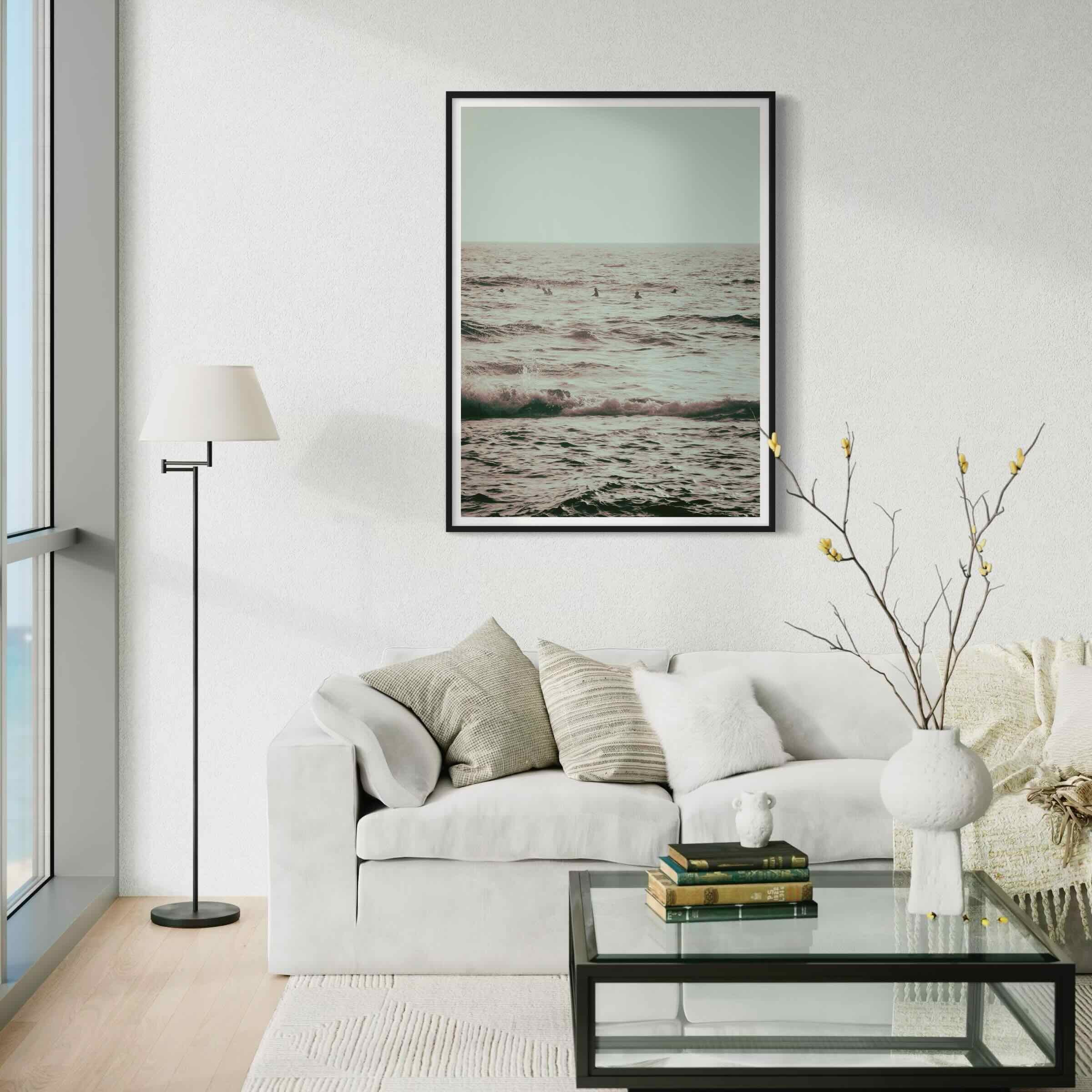Like most kids growing up on the west side of the Big Island, I learned to surf at Pinetrees. The name, as local lore goes, is a misnomer—a playful inaccuracy bestowed by fishermen who mistook the monkey-pod trees for pines. A simple error turned into a legacy. To us, though, it wasn’t about the name. It was the place. A stretch of coast that felt as inevitable as the tides, as though surfing there was less a choice and more a birthright.
The wave itself? Hardly legendary. It doesn’t grace the pages of glossy surf magazines or fuel the fevered dreams of big-wave chasers. But it’s reliable, steady as a metronome, peeling just enough to keep you coming back. That’s the secret of Pinetrees—it’s not special, not in the grand, cinematic sense. And yet, it draws people in like a flame pulling moths: groms with sunburnt noses, grizzled legends who wear the ocean like a second skin, and even the odd kook flailing in the whitewash. Somehow, in this little stretch of sea, we all fit in. There’s no pecking order, no sneer for the uninitiated. Just a shared sense of belonging, rare and precious in a surf culture that can so often feel like an exclusive club.
It’s cult-like, the way we cling to this spot, this feeling. We all started here. First wobbly rides on borrowed boards, first bruises, first small triumphs. Over time, it weaves a kind of bond—unspoken but undeniable. The groms grow up, the legends pass their wisdom, the kooks become… less kooky. And still, the rhythm of Pinetrees carries on, a perpetual motion machine of stoke and saltwater. There’s an ease here, a kind of collective exhale. No one’s measuring their worth in how deep they get barreled or how many followers they have on some shiny screen. It’s just waves and people. A communion with something bigger than any of us, delivered in increments of swell and foam.
I shot this in 2003, a year etched in the amber light of memory. I was back in Hawaii for my wedding, a time when life felt both exhilarating and unsteady, like standing on the edge of a wave, unsure whether to drop in or pull back. Young and still carrying that restless energy of someone not yet settled in their own skin, I found myself drawn back to Pinetrees. Surfing here calmed my nerves, steadied my spirit, and reminded me of the grounding power of returning to something sacred. The rhythm of the ocean and the familiarity of this place had a way of stripping everything down to its essence. It wasn’t just nostalgia—it was a homecoming, a reconnection to a part of myself that often got lost in the noise of the wider world.
Surfers are tribal by nature. There’s a language in the water that defies words, a subtle communication through nods, glances, and the way a paddle stroke cuts through the surface. Out here, your place in the lineup isn’t dictated by status or wealth, but by rhythm and respect. Pinetrees, with its easy acceptance, taught me that fluency. It’s a dialect of trust and understanding, an acknowledgment that the ocean is both playground and teacher. The unspoken rules, the pecking order that feels less about hierarchy and more about harmony—these are the things you carry with you long after you’ve left the water. To be part of this tribe, even for a moment, is to be reminded of the connection that binds us not just to each other, but to the sea itself.
Shooting this place with a vintage Pentax K1000 felt right, almost sacred. An old camera, a roll of expired Ilford film—both imperfect, unpredictable, full of quirks. There’s a romance in that, a parallel to Pinetrees itself. The grainy texture of the photos, the softened light, even the occasional overexposure—they capture something real. Not glossy, not curated. Just a fleeting moment where time feels slower, truer. Somehow, this imperfect medium got closer to the truth of Pinetrees than a million pixels ever could.



